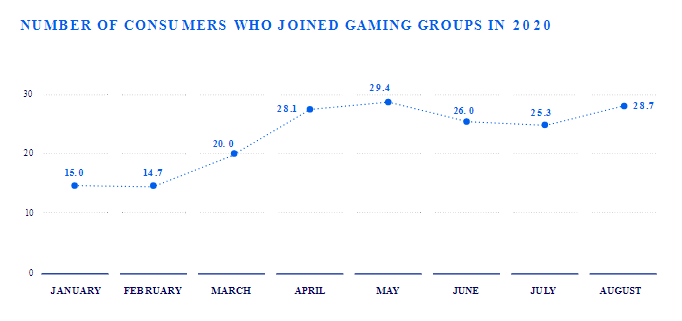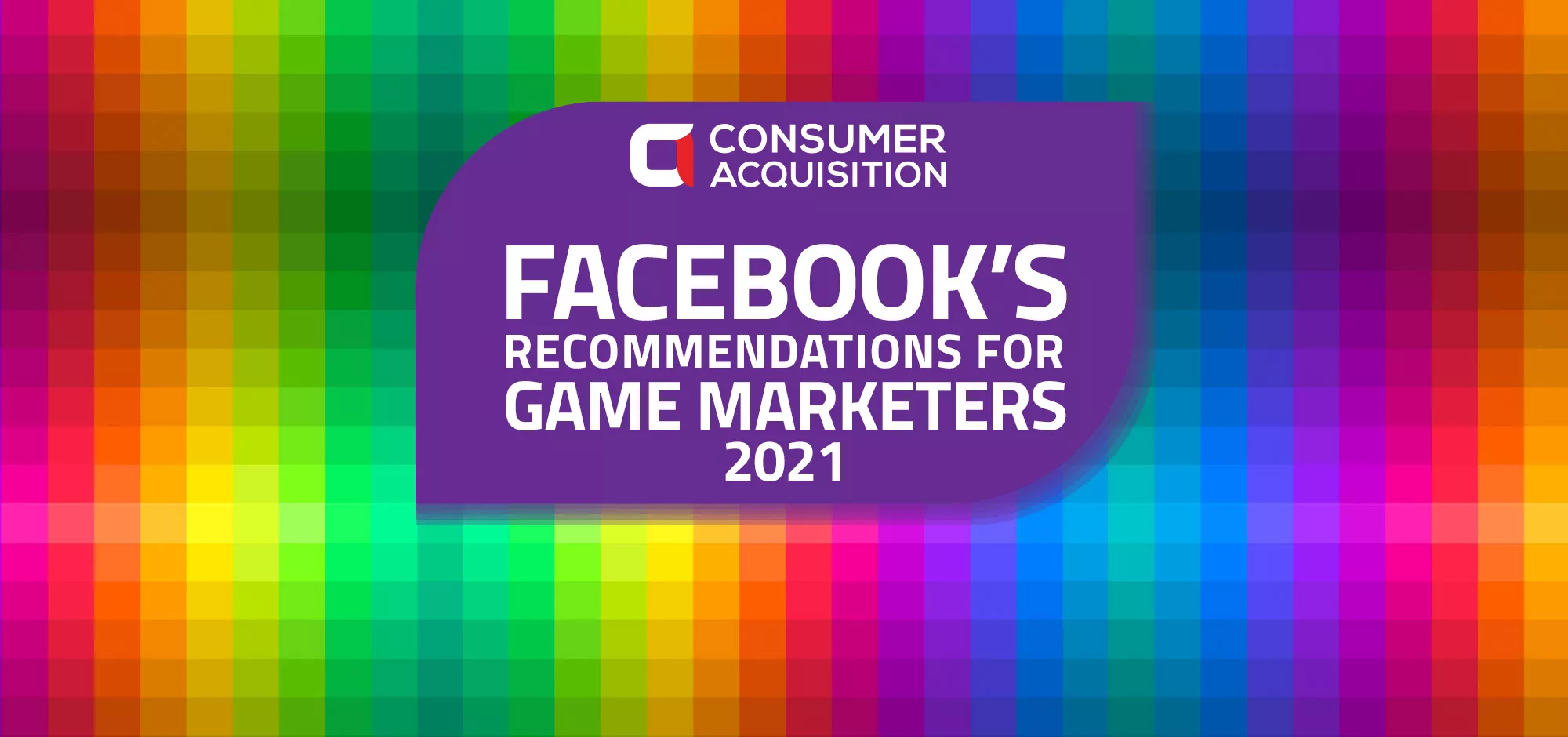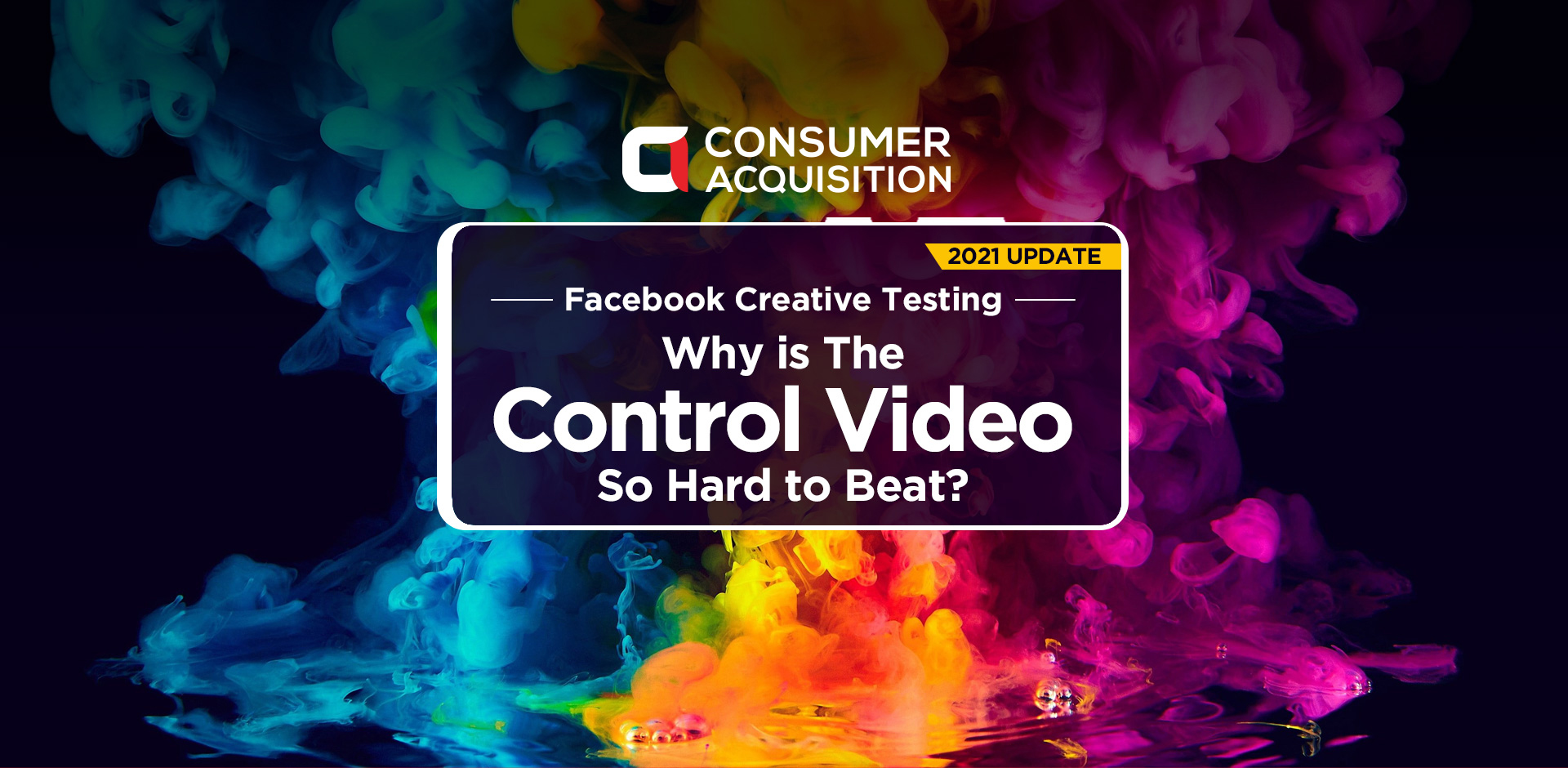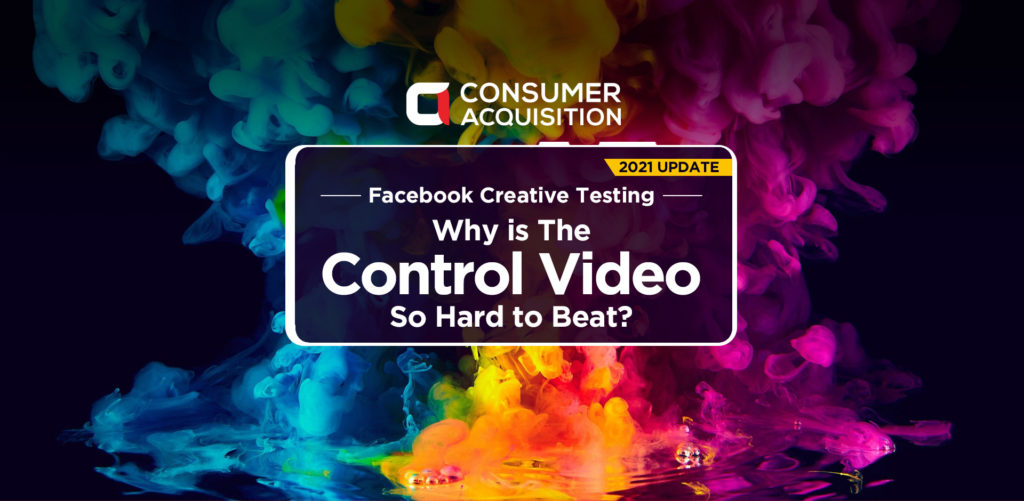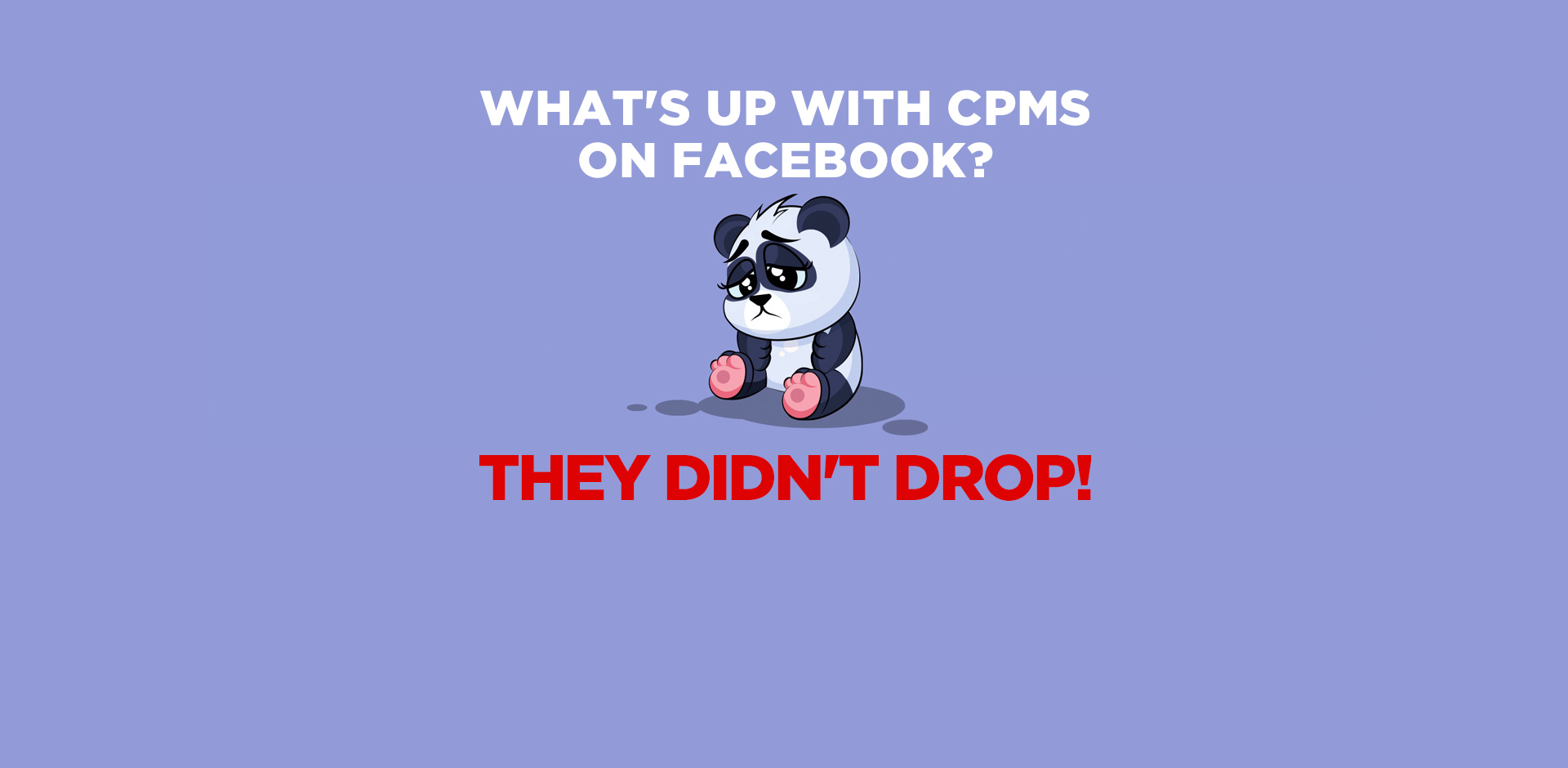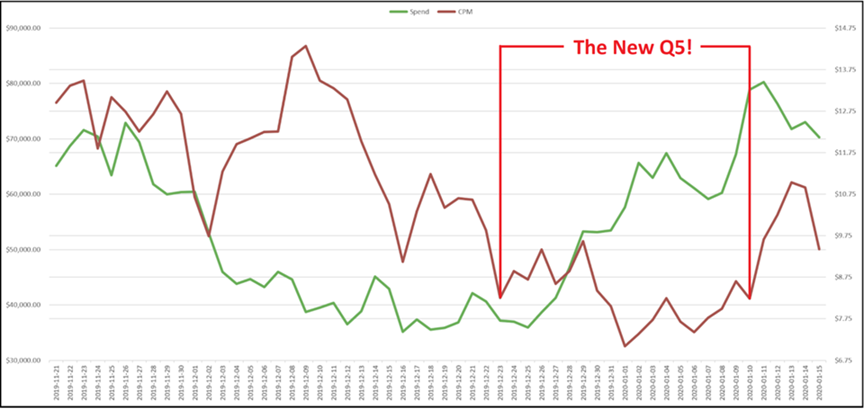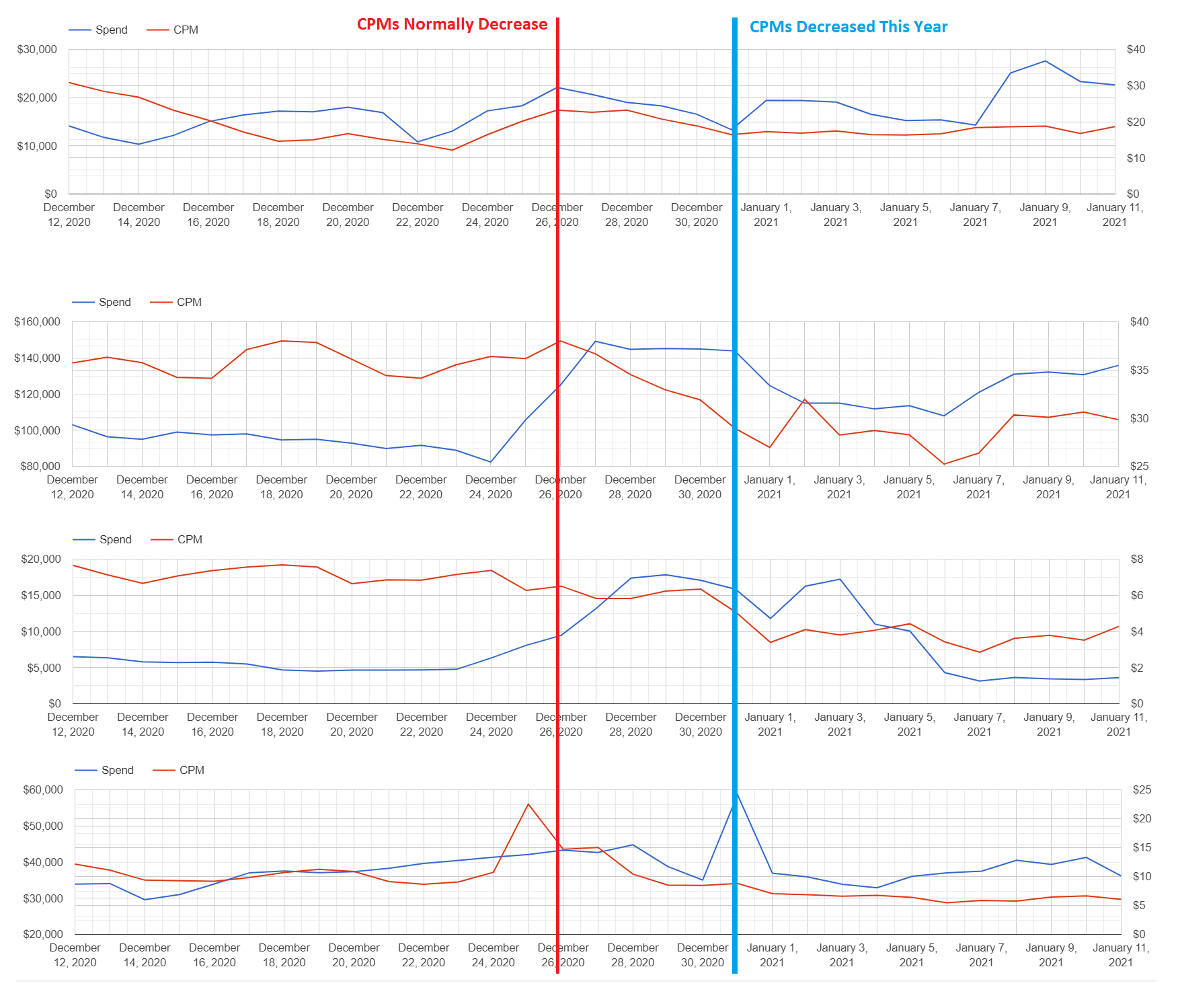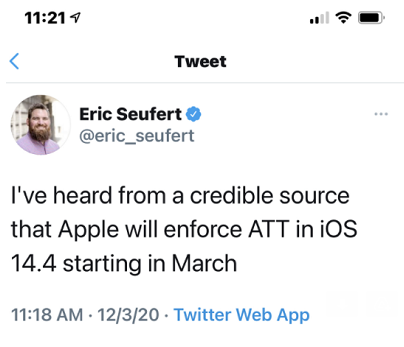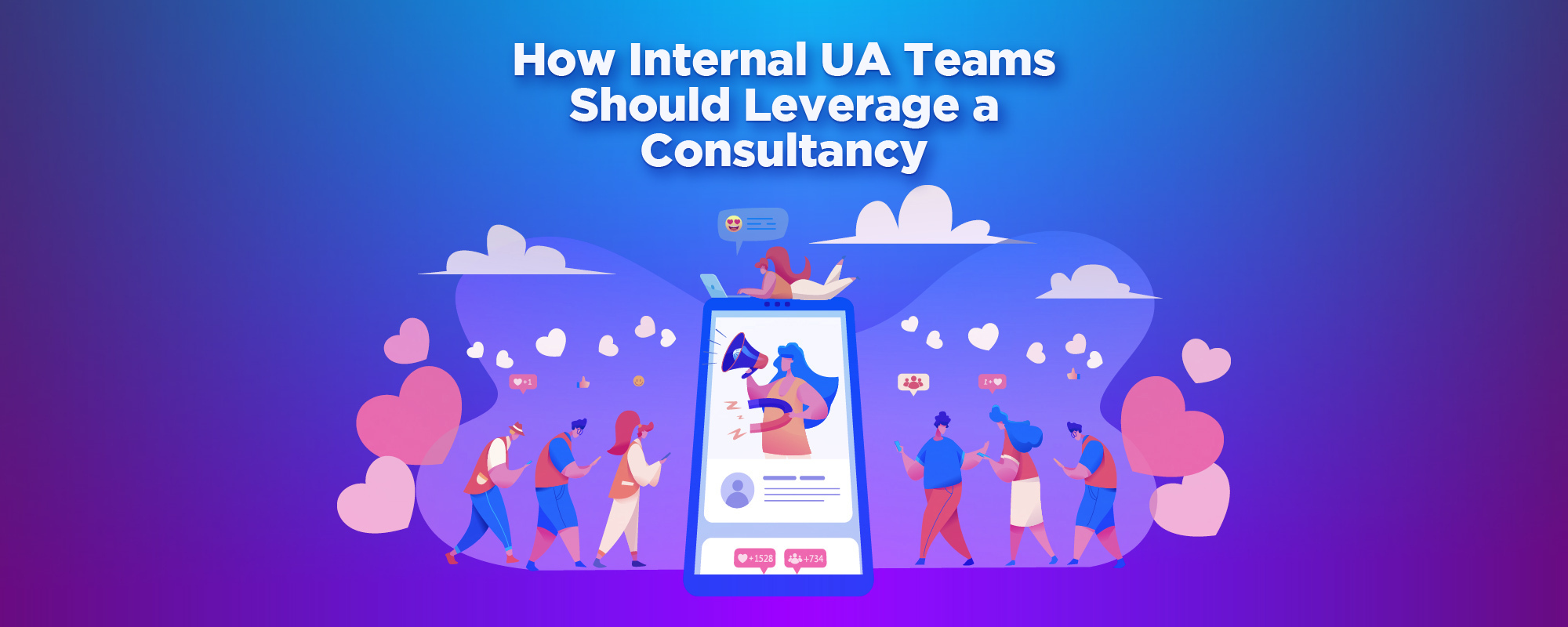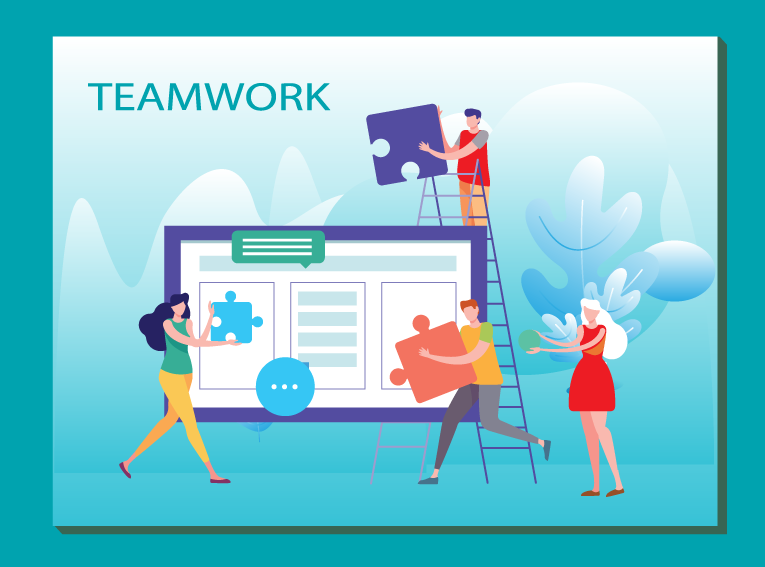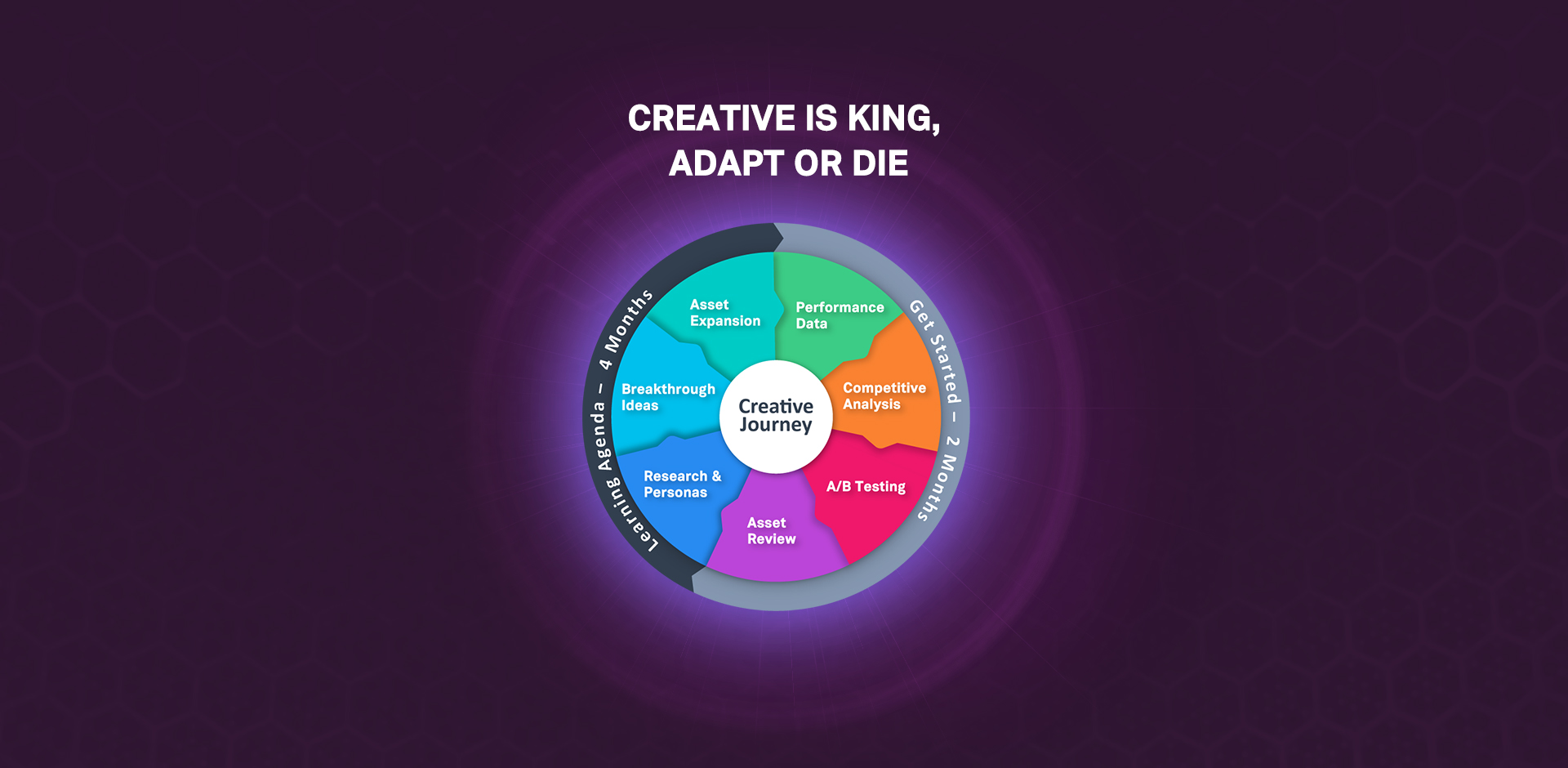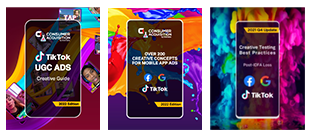Apple has killed the IDFA, and Facebook and Google are pushing for fully automated media buying. These events have radically reshaped the mobile app advertising landscape. To survive and thrive in a post-IDFA / automated world, creative has become the primary driver of financial success for UA teams. Creative is king! If mobile app developers are not tearing down their marketing and product teams right now and rebuilding them to embrace a creative is king approach, they will quickly become dinosaurs. So learn how to adapt or go extinct.
Adapt Or Go Extinct!
Today, many mobile app developer’s businesses often succeed or fail based on how effectively they measure and improve retention, revenue, and LTV KPIs. Their primary focus is new games, new levels, new game content, and revenue optimization. But this is only part of the equation for sustained growth and profitability from paid user acquisition.
What is stopping companies from adapting to a creative-first world? Why are the product and marketing teams kept in silos? How come there isn’t a robust pipeline to provide the marketing team with a steady stream of fresh creative and assets so they can stay ahead of creative fatigue? Why don’t app developers measure creative fatigue with the same intensity as retention? Shouldn’t creating content and assets be as important as developing new levels? Is your team ready for this change? Are they ready to adapt or go extinct?
Ready or not, here’s why creative is key to your financial success with advertising on Facebook, Google, TikTok, and Snap, in this post-IDFA world.
Why Is Creative King!
95% of new Facebook creative ideas fail to outperform the best video or image in your portfolio. If you run the 2nd, 3rd, or 10th best creative, you profit. Now, here’s the kicker! Even if you’re fortunate enough to discover a new best-performing unicorn ad, it will only last 10 weeks.
To maintain advertising efficiency, you need a steady pipeline of new creative ideas and content to test. When successful, a new creative concept can lift performance by 200% or more. This performance increase is worth the cost, time, and risk that’s inherent with testing new concepts.

What is a Creative Journey and How Can it Help You to Adapt or Go Extinct?
A creative journey is the path performance advertisers can take to deliver sustainable and repeatable financial results over many months. This paradigm shift will enable long-term stability as opposed to “unicorn chasing.” The idea isn’t to catch lightning in a bottle﹘it’s to provide a quantitative process that results in fresh creative ideas with the goal of staying ahead of creative fatigue.
This process involves the following steps:
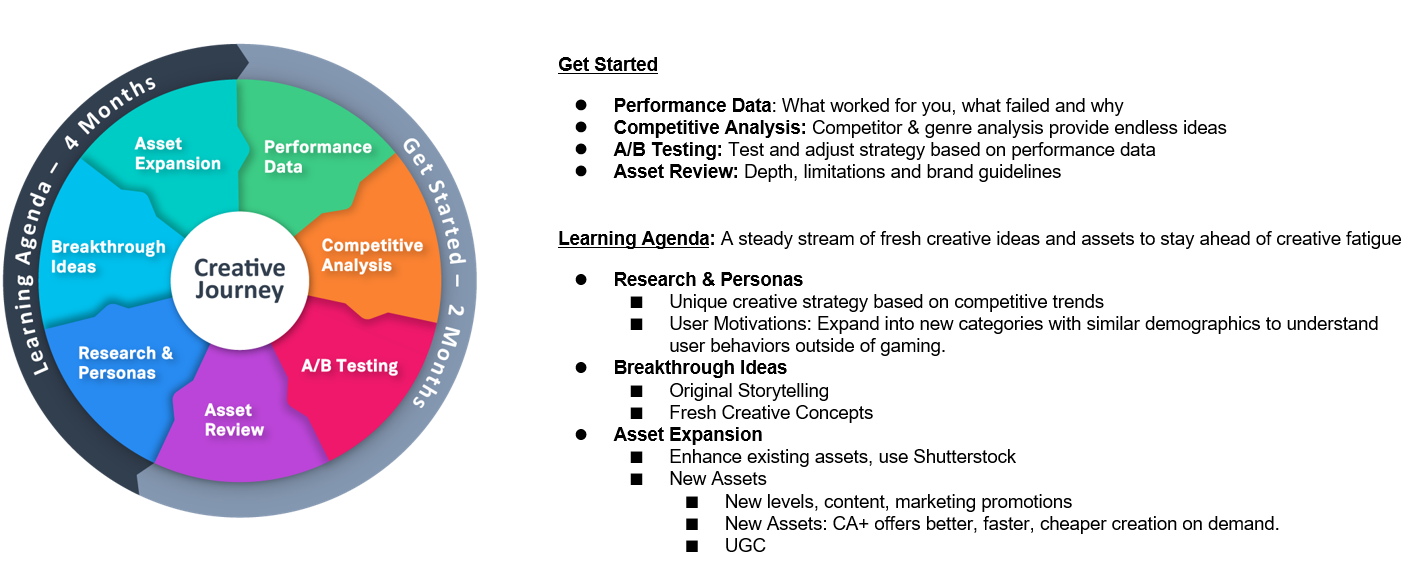
The Challenges of A/B Testing on iOS
The loss of A/B Creative Testing will require a new strategy for creative optimization. Unfortunately, the trifecta of IDFA loss, account simplification required by SKAN, and media buying automation through Facebook’s AAA or Google UAC will have an immediate impact on creative testing and creative strategy. Most major platforms (Facebook, Google, Tik Tok, Snap) will have limited account configurations due to iOS14 SKAN tracking limitations. iOS14 accounts will be restricted to 9-11 campaigns with 5 ad sets per campaign, meaning you’ll have 45-60 permutations. It will be difficult to justify burning these ad sets on testing. Therefore, new concepts will be the most important lever for your UA team. Your creative journey that incorporates a custom learning agenda will be instrumental in your asset development.
Get Started to Adapt or Go Extinct
So, you’re ready to adapt to a creative-first world. Here’s how to start. First, focus on analyzing your internal performance data. The goal is to analyze what concepts work/fail and why. The goal is to not repeat the mistakes or wins. Rather, it’s to find new ideas and areas for creative exploration.

Then, study your competitors and genre ads to discover creative trends across your creative competitive set. Your competitors are failing at that same 95% rate. Unfortunately, we have yet to uncover any meaningful shortcuts in the process of creative discovery. However, a properly done competitive SWOT analysis can unlock an endless supply of tested creative ideas leveraging your competitor’s best ideas. Sometimes, innovation takes the form of tried-and-true tactics.
To highlight the importance of studying your competitors, Pablo Picasso said that good artists borrow but great artists steal. Then Steve Jobs ripped him off!
Fortunately, there are many sources where you can find millions of ads to study. Facebook Ad’s Library is a free resource to see every ad currently running on their ad network. Missing from that tool is duration and velocity of success. For implied success metrics, you can use Mobile Action, SensorTower, or AppAnnie’s competitor libraries. AdRules, our SaaS platform has 3.5 million videos. It’s also user-friendly and updated daily.

A/B Testing
Next, we perform A/B testing. Here, we test and adjust our strategy based on performance data. Our current A/B testing best practices involve creative testing through qualification stages. The goal of our A/B testing is to provide rapid results while minimizing financial waste. The principle being, the more you test and smarter your testing process becomes, the sooner you can uncover a new winning concept and then iterate on what’s working.
We begin our creative testing in cost-effective economical geo like the Philippines or India. During Stage 1, we vet creative for higher install per impression (IPM). Next, Stage 2 requires we take the IPM winners from Stage 1 and create a separate campaign to monitor KPI targets like return on ad spend (ROAS). Finally, Stage 3 pits assets winnowed from the initial stages against historical winners (the control or Unicorn Ad).
This process on average yields a 15% win rate across many app market segments like gaming and eCommerce. And, app advertisers also waste less of their budget by not having to spend 85% on running ‘losing’ creative out to statistical significance. Yes, this process can generate false winners and false losers, but you are likely to spend $200 to $2K on testing to discover ads that reach the standard successful creative rate vs $20K if you allow the platforms to self-optimize.
Here is our process for IAP (in-app purchases) vs IAA (in-app ads).
Creative Testing for IAP
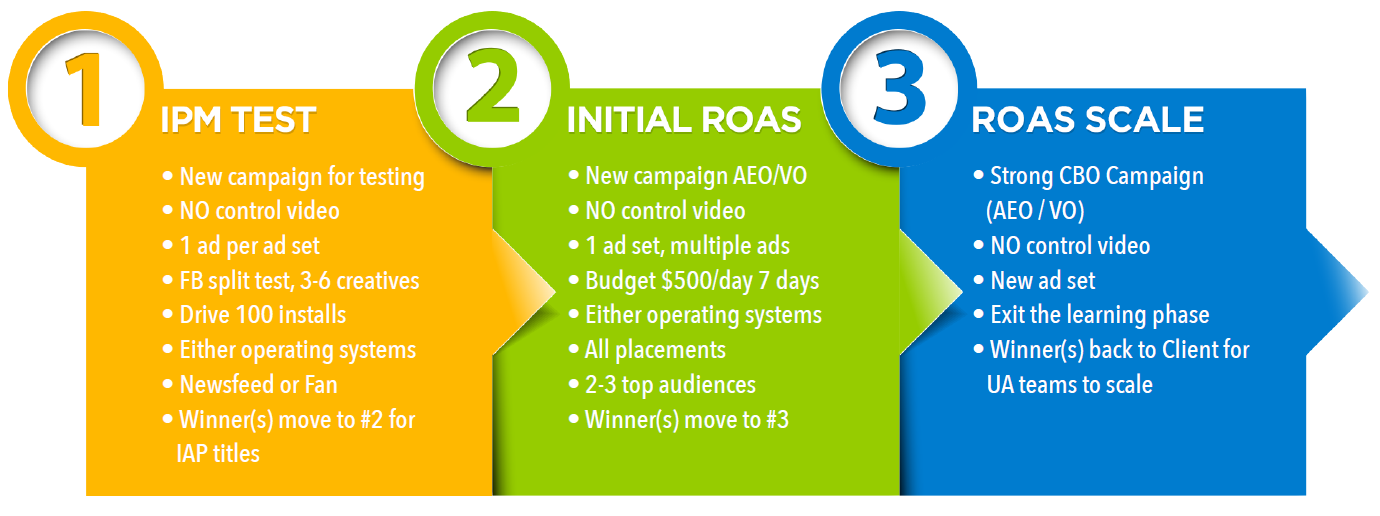
Creative Testing for IAA
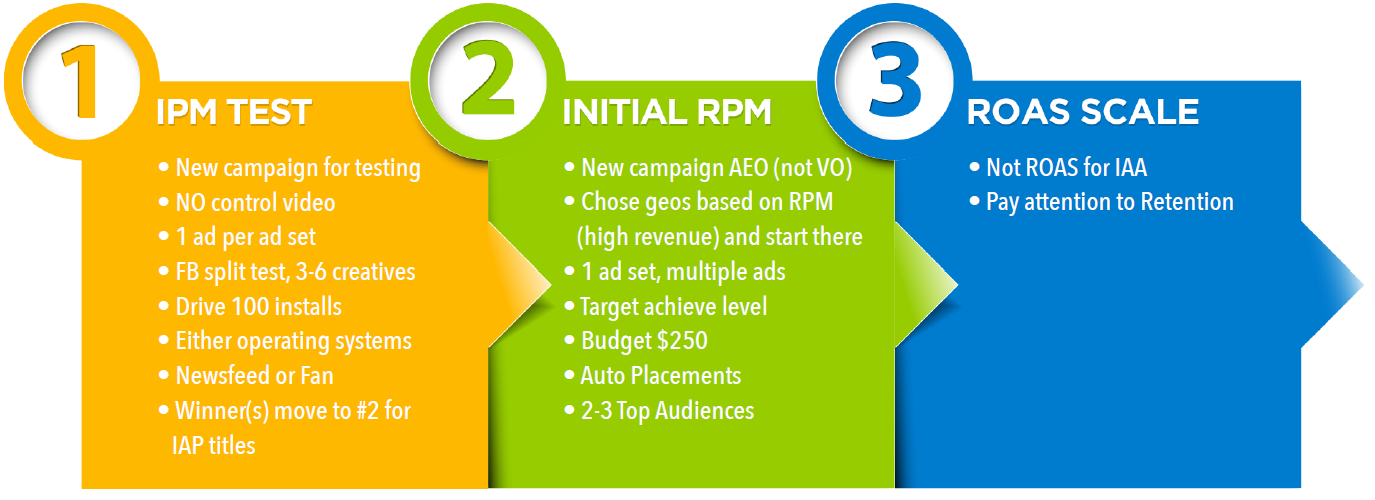
Finally, we review assets. We analyze the depth, limitations, and brand guidelines of the current assets.
Learning Agenda
Next, we recommend you create a learning agenda process that typically takes 3-4 months. Start by doing intensive research into your mobile app genre and leverage your marketing segmentation personas or user motivations. Based on personas, you can develop a bespoke creative strategy based on user motivations. User motivations allow you to expand into new categories based on user demographics and behaviors. The goal is to look outside of gaming or eCommerce to understand what other types of ads your users are best responding to.
Also, the creative learning agenda is critical to unlocking breakthrough ideas. It is important to craft original concepts and storytelling tailored to your unique target audience. To do this, you’ll need to think outside the box and have the freedom to explore new ideas broadly. To offer a more native experience, if you are advertising on Instagram, TikTok, and SnapAnd, we recommend experimenting with user-generated content (UGC).
Finally, the learning agenda should influence your asset expansion plan. Since you now understand your user’s motivations for using the app and what they read, watch and listen to, we can enhance existing assets to better speak to those target users. And, then produce new assets to enable multivariate creative testing. We recommend a robust production process that enables mondo shoots that deliver agile production of hundreds of assets vs one final video or commercial. Think of deliverables as a bucket of Legos the creative team and use, combine and recombine into hundreds of new tests.
The Learning Agenda Month-to-Month
The learning agenda is a process to provide a steady stream of fresh creative ideas and assets to stay ahead of creative fatigue. It doesn’t just happen overnight. If done right, it provides long-term strategic value in maximizing net profit from your mobile app advertising campaigns.
Month 1: Review Performance Data & Analyze Competitors
In the first month, analyze internal data and competitors. This affords you a holistic view of your genre. Which previous concepts worked and what didn’t? What concepts are working for your competition? Remember, you have to assume that your competitors have tested their concepts too. So, their ads are top-performing ones. You can use these learnings to jumpstart your content pipeline and create ads that you know resonate with your target audience.
Month 2: A/B Testing Results & Iterations
Then, focus on A/B testing results and iteration ideas in the second month. Try the testing approach we mentioned above, we unlock winning creative concepts. These winners are iterated, so that sustained performance can be achieved for your mobile app marketing.
Month 3: Competitive Trends & Asset Needs
Now, deep dive into the competitive trends within your genre. Do testimonials move the needle for casino games? What about fail ads﹘ones that focus on a player losing in an epic fashion﹘for romance game apps? You need to make sure you go down the rabbit hole and do an exhaustive analysis of your competitors. If you only look at a handful of your apps, you’ll only get a glimpse of what’s happening in the genre. A deep dive will enable you to find some creative trends you may have otherwise overlooked.
Then, use this information to create a plan of action for what assets are needed to move forward. In fact, you can view our latest creative trends here:

Month 4: Expand Creative Strategy With User Motivations
Next, get even more granular by analyzing user motivations. What drives someone to download and use your app? Do they enjoy the sense of accomplishment by reaching new levels? Do they like to relax or kill other players? We uncover these motivations by carefully combing through your game reviews, so we discover what users say about your app. Also, we couple user motivations with the target audience to create concepts that drive action.

Month 5: Develop Breakthrough Creative Across Platforms
During the fifth month, take all these learnings to develop breakthrough creative. Bespoke assets are designed to use across all social media platforms like Facebook, TikTok, Google, Snap, and Apple. We don’t use templates because they don’t drive meaningful results the same way custom assets designed for your target audience do.
Month 6: Develop New Assets From Creative Learnings
Finally, develop new assets from all the creative learning you’ve done. The goal is to keep your asset pipeline regularly running, so you prevent creative fatigue. Also, this combats creative tunnel vision. Unfortunately, creative teams can get stuck on one concept or copying a small group of competitors and then all their ads look the same. The creative learning agenda allows for new learnings to constantly occur. These learnings are then incorporated into your marketing strategy to produce new concepts. Again, this creative journey process is a key component of improving the profitability of advertising and allowing you to adapt or go extinct.
How We Can Help You Adapt or Go Extinct
Consumer Acquisition can help provide a steady stream of fresh creative ideas and assets to stay ahead of creative fatigue and maintain profitability from your mobile app advertising. Through our Creative Studio CA+, we provide better, cheaper, faster asset production through our mondo shoots that enable agile production and creative testing. Founded in 2013, ConsumerAcquisition.com is a technology-enabled marketing services company that has managed over $3 billion in creative and social ad spend for the world’s largest mobile apps and web-based performance advertisers. We provide a creative studio and user acquisition services for Facebook, Google, TikTok, Snap, and Apple Search social advertisers. Contact Sales@ConsumerAcquisition.com to begin your creative journey to improve the profitability of your mobile app advertising. Adapt or go extinct.

